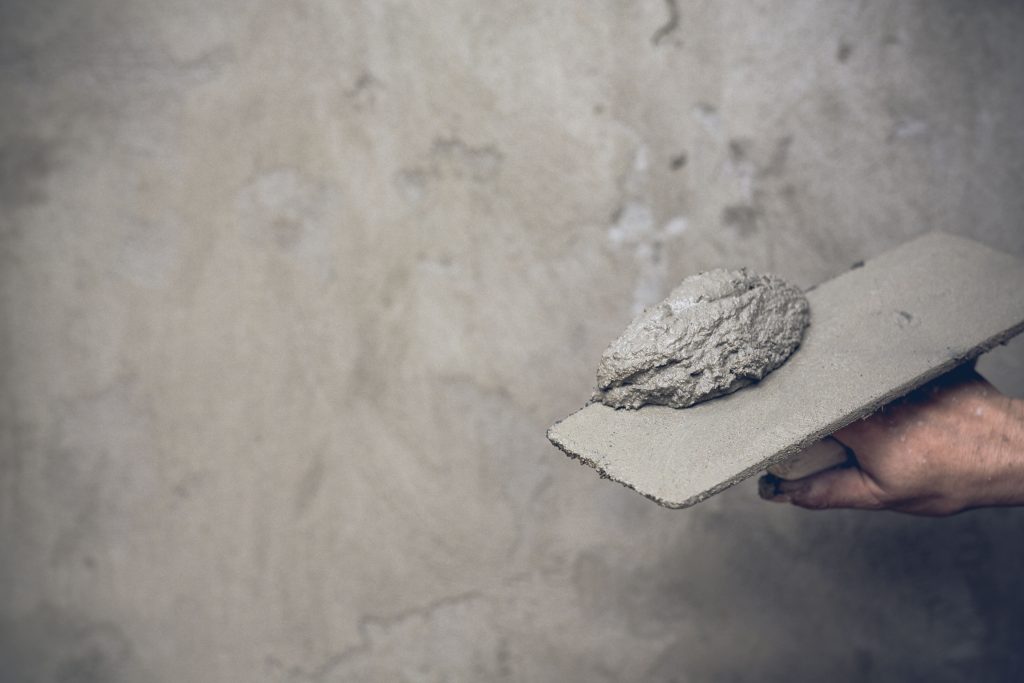Types of Wall Plaster in Marbella: From Decorative to Technical
Black or rough plaster
For general masonry work, closing gaps, gaps, etc. and fastening of gutters, switch frames... Applied by hand.
Controlled plastering
Designed for interior decoration (the first layer of wall and ceiling coating). Applied by hand, it can be mixed with a spatula (observing the dosage ratio of water and plaster) or by soaking (covering the gypsum water until it is no longer wet and waiting a few minutes).
Thin plaster
Thin plaster is used for plastering (leveling and sealing) walls and ceilings after a controlled plaster finish. It is white in color and applied by hand.
Solid plaster
It has high surface hardness and is used for interior decoration in places of intensive use: hospitals, schools, public buildings... It is mixed mechanically (with an electric mixer), although it is applied manually.
Lightweight plaster
Lightweight plaster with perlite (non-flammable mineral insulation) is indicated for interior decoration of houses, as it provides additional heat and sound insulation, fire resistance and operational advantages. It is mixed mechanically (with an electric mixer), although it can be applied manually or mechanically.
Plaster
A type of white plaster used for the manufacture of prefabricated elements (frames, suspended ceilings and partitions, columns and other decorative elements), as well as for finishing and viewing works. Hand kneading.
Benefits of Plastering for Your Home
Fire resistance
When burning does not emit toxic gases or smoke
Dries quickly
Humidity regulator
High adhesion to any material except wood
Thermal and acoustic insulation
Plastering Application Features: What to Consider When Choosing and Applying
It is important to take into account some considerations:
1. Plaster is only suitable for interior work. For external walls, plaster (lime-based composition) should be used.
2. Fine white plaster is used for plastering. A lightweight or raised option provides additional insulation and fire resistance.
3. Application and mixing can be manual or mechanical depending on the type of plaster (mixed with an electric mixer and applied with a hose connected to a specific machine).

Support preparation:
The support (brick, concrete, drywall...) must be level, clean, free of lumps and traces of release agents, paint strippers and other types of waste.
Get a free renovation consultation today!
Over the phone, we will ask you a few clarifying questions.
We will coordinate a convenient time for you and answer all the questions you may have.
We will explain the main stages and answer all the questions you may have.
About Us
Get a free estimate today!
Call us to calculate the cost over the phone.
+34 668 555 276